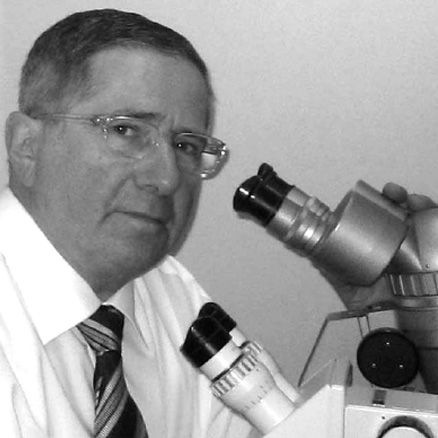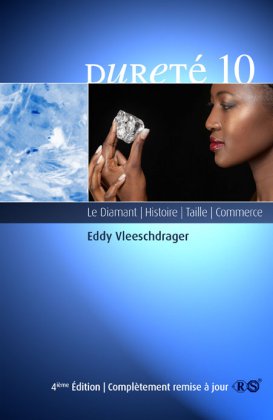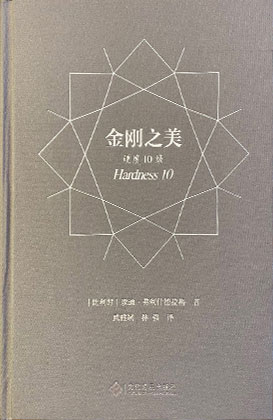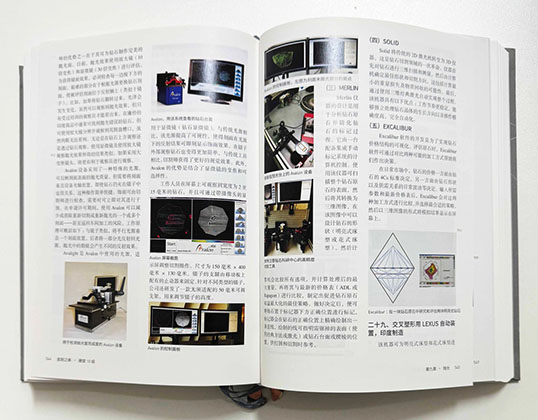The new 3rd edition of Eddy Vleeschdrager's book...
the volume that some call the bible of the diamond grading industry has at last been thoroughly revised and updated in order to include the results of the latest developments of the aspects that are at the heart of today's diamond industry. The 1,500 pages cover topics such as the discovery and polishing of new major stones such as the Lesedi La Roma.




